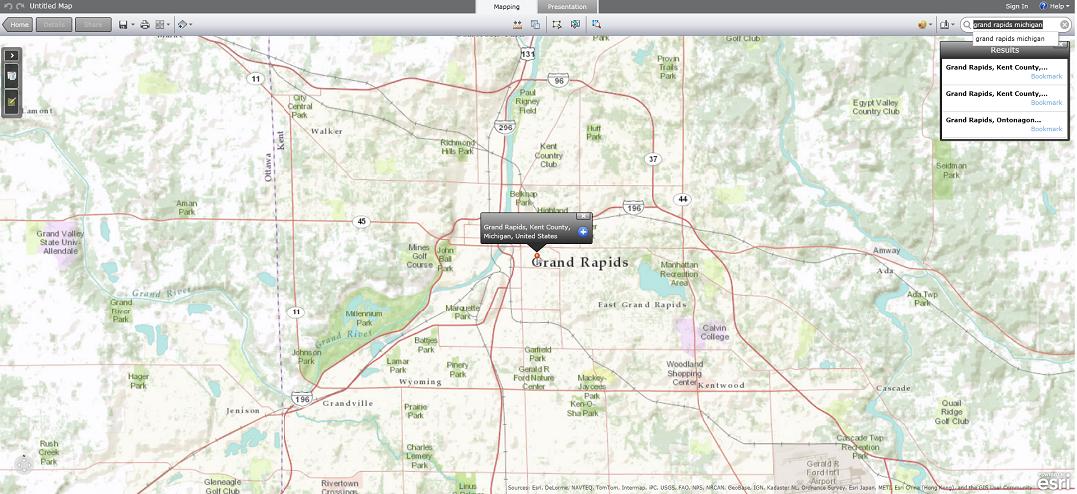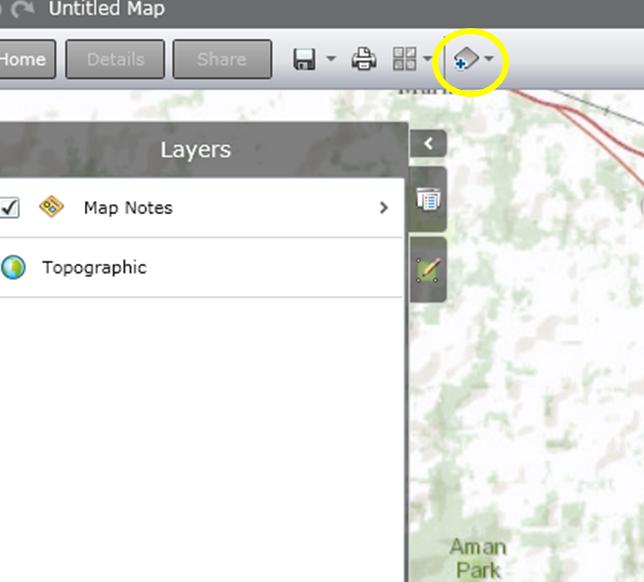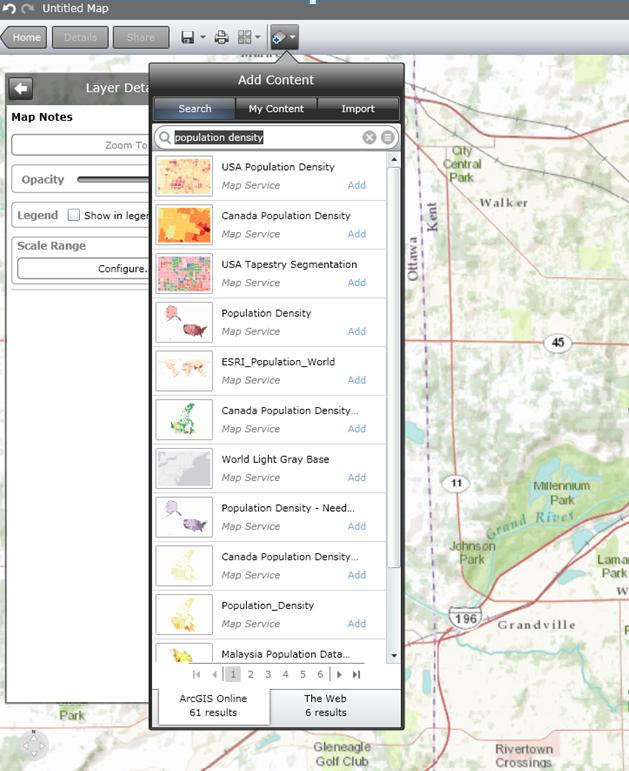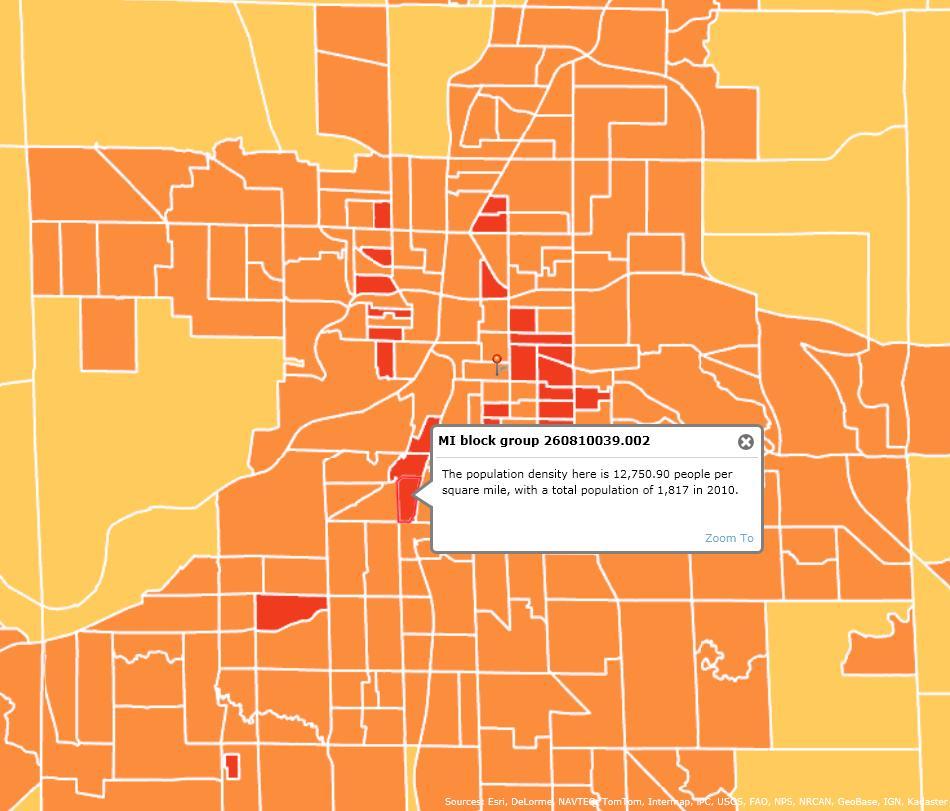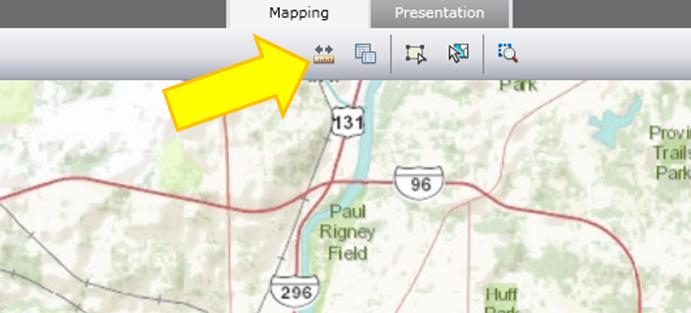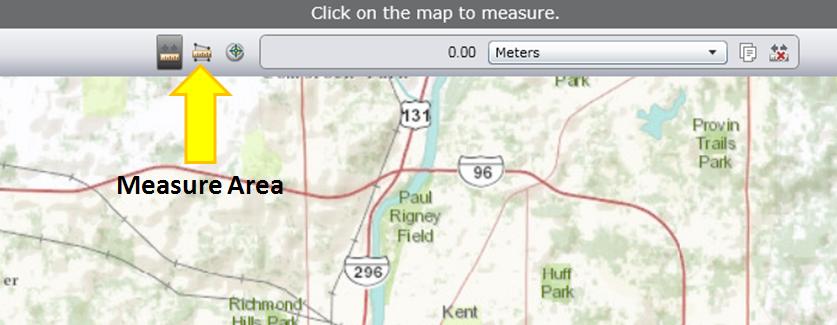There’s a growing fear that the Great Lakes water is in danger, and that we need to work quickly to keep people from trying to steal it – or worse, sell and profit from it. Fortunately, this fear is unfounded, based largely on myths about current laws and practices.

Myth #1 – We are using too much of the Great Lakes’ water.
On an average day, 150 billion gallons of water arrive in Michigan through rain and snow, and we only use 6.7% of it. The rest stays in our groundwater, lakes, and streams until it evaporates or flows out to the Atlantic Ocean.
Most of the 10 billion gallons that Michigan communities and businesses do use every day goes right back into the water cycle. About 80% is used as cooling water in thermoelectric power plants and released back into the Great Lakes. The remaining 20% is used for public and private drinking water supply, farming, and manufacturing – after which it passes through our drainage or wastewater systems and re-enters Michigan’s lakes and streams.
Myth #2 – Drier areas of the country want to take our water.
Many people are worried about diversions – transporting the Great Lakes water to somewhere outside the Great Lakes watershed. Not only would a large diversion to the Southwest be ridiculously expensive, but there are already legal ways to prevent it. The Water Resources Development Act (passed by Congress in 1986) gives the governor of any Great Lakes state the right to veto any diversion. Moreover, leaders from the Great Lakes Basin states and provinces worked together to create the Great Lakes Charter – an agreement to minimize pollution and prevent diversions. Diversions to the thirsty southwest are not a threat.
Myth #3 – Bottled water companies are a threat to the Great Lakes.
The idea of bottled water companies selling “our” water makes a lot of people anxious, but we have to remember two things. First, hundreds of companies across Michigan already send water out of the Great Lakes Basin in the form of canned goods, processed food, and drinks. These companies have been sending our water all over the world for decades. Our economy has grown, and our environment hasn’t suffered for it. If this water use doesn’t concern us, why should bottled water?
Second, before we worry that bottled water companies will take “too much” water, we need to understand what “too much” means. Any time a company wants to draw significant amounts of water, studies should be performed to determine how much water goes in, how much will be taken out, and if the source can sustain the demands. That’s called sustainability – responsible water use that doesn’t dry up or damage wells, streams, and other sources. The emphasis should be on sustainability (using the right amount) not conservation (using less).
Myth #4 – We can protect the Great Lakes by enacting laws that restrict water use.
A set of bills regulating water use recently passed in Michigan, requiring communities to get DEQ approval before updating their water systems, and requiring businesses to obtain permits and file annual reports if they use significant amounts of water. In addition, a proposed Annex to the Great Lakes Charter requires all Great Lakes states to inventory and regulate their water withdrawals and set conservation goals. And recently, there has been a proposal to prohibit the sale of bottled water outside of the Great Lakes Basin.
These requirements may seem small, yet they have a large – and mostly negative – influence. First, they emphasize conservation, not sustainability. Implying that people should use less water is simplistic, and it’s not feasible if our communities and businesses are to continue to grow.
Second, when communities need permission to grow, they have to spend more time and money to make simple, necessary improvements. When businesses have to jump through expensive hoops (apply for permits, hire consultants to conduct tests, etc.) before they can expand and bring jobs to the state, they might decide to build elsewhere.
Michigan will continue to grow, and we should focus on using water wisely to our economic advantage. Sustainability is the key.
I think we should recruit more bottled water plants. They would bring jobs and tax money toMichigan– just the thing we’re trying to promote. After all, our most abundant resource – the one no one else can match – is fresh water. Let’s help everyone to use it well, rather than stifling our ability to grow.
Myth #5 – The greatest threat to the Great Lakes is over-use.
The greatest threat to the Great Lakes is contamination. We have to start talking about the quality of our water, about soil erosion, toxic waste discharges, and everything that gets through our wastewater system – like microorganisms that are resistant to chlorine, residual chemicals from prescription drugs, and chemicals from our soaps, perfumes, and cosmetics. The EPA is finding all of these in our lakes and streams, and there’s a big concern that these things will end up in our drinking water as well. If we want to protect our water, we should think first about improving its quality, not reducing the quantity that we use.

